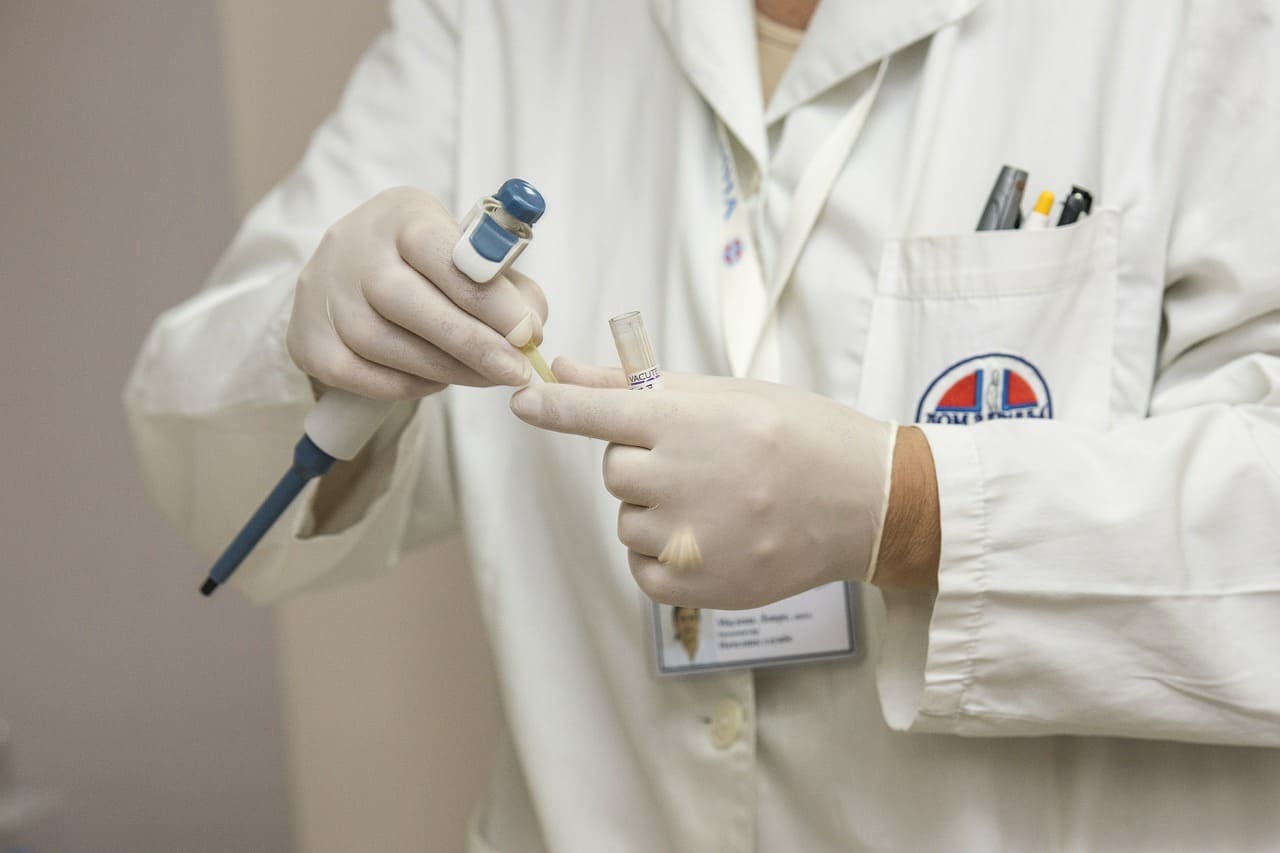Estrogen for prostate cancer treatment is not a new therapy, but researchers have suggested a different way to give the treatment: patches. Use of estrogen patches may prove to be a safer and more cost-effective way to administer hormone therapy for prostate cancer.
How estrogen for prostate cancer treatment works
Estrogen is one form of hormone therapy for prostate cancer because it counters the effects of testosterone. However, estrogen is often not used because of the risk of cardiovascular side effects, such as increased risk of blood clots, heart attack, and stroke. It seems that oral estrogen stresses the liver, which then produces chemicals that can lead to these adverse events.
When men are given estrogen for treatment of prostate cancer, they are typically administered the synthetic form of the drug, called diethylstilbestrol. A man’s brain interprets the presence of diethylstilbestrol as testosterone, so the hypothalamus in the brain stops making luteinizing hormone-releasing hormone. This in turn causes a man’s testosterone levels to decline significantly.
Until now, use of estrogen for prostate cancer treatment has not been one of the more commonly used types of hormone therapy for prostate cancer because of the side effects. However, in a new study from Imperial College London involving 253 patients, researchers used skin patches to deliver estrogen and observed some favorable results.
Eighty-five men received luteinizing-hormone-releasing-hormone agonists (LHRHa; drugs that inhibit the secretion of testosterone such as Lupron, Viadur, and Zoladex) and 168 were given estrogen patches. After three months, both treatments were equally effective at reducing testosterone concentrations.
After 6 months, breast enlargement occurred in 19% of men in the LHRHa group compared with 75% of men in the estrogen group. Other side effects included hot flushes (56% vs 25%, respectively) and skin problems (13% vs 42%, respectively).
At 12 months, changes in fasting glucose concentrations and cholesterol were better in the estrogen group. At the 24-month follow-up, 7.1% of men in the LHRHa group had experienced a cardiovascular event compared with 10.1% in the estrogen group.
The study did not answer important questions, such as whether the patch form of estrogen will be as effective at stopping prostate cancer growth as the current forms of hormone therapy. Another study is now underway in more than 600 men to determine the effectiveness of the estrogen patch.
According to Dr. Iain Frame, director of research at Prostate Cancer UK, which part funded the study, “It is unclear as yet if hormone patches could be an effective alternative to hormone injections, but we await with anticipation the results of the further trials planned which could in time offer men hope for the future.”
Read more in our Prostate Cancer Health Center.
Reference
Langley LE et al. Cardiovascular outcomes in patients with locally advanced and metastatic prostate cancer treated with luteinising-hormone-releasing-hormone agonists or transdermal oestrogen: the randomised, phase 2 MRC PATCH trial (PR09). The Lancet Oncology 2013 Apr; 14(4): 306-16







